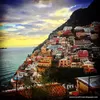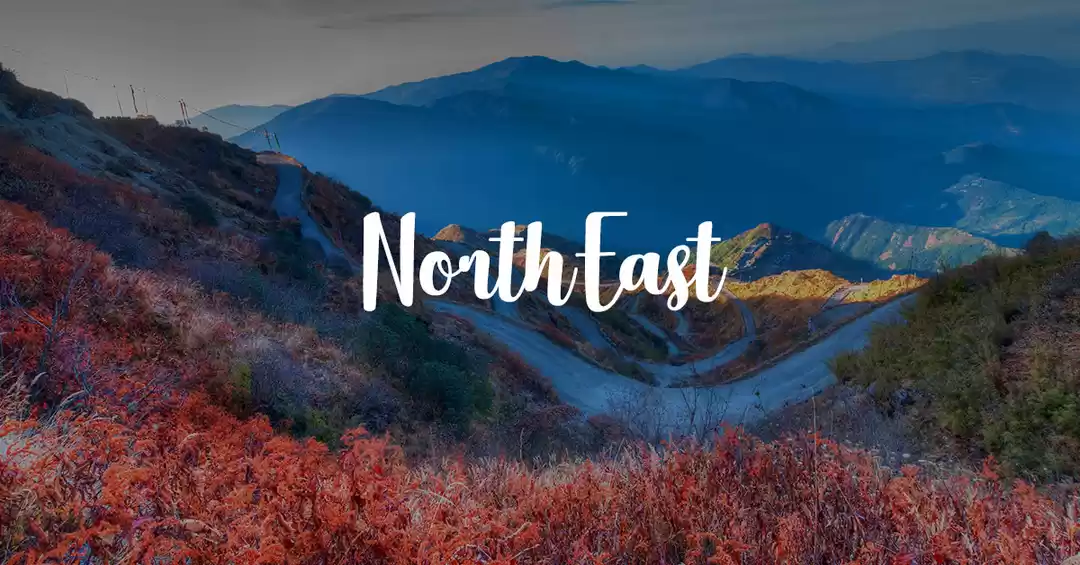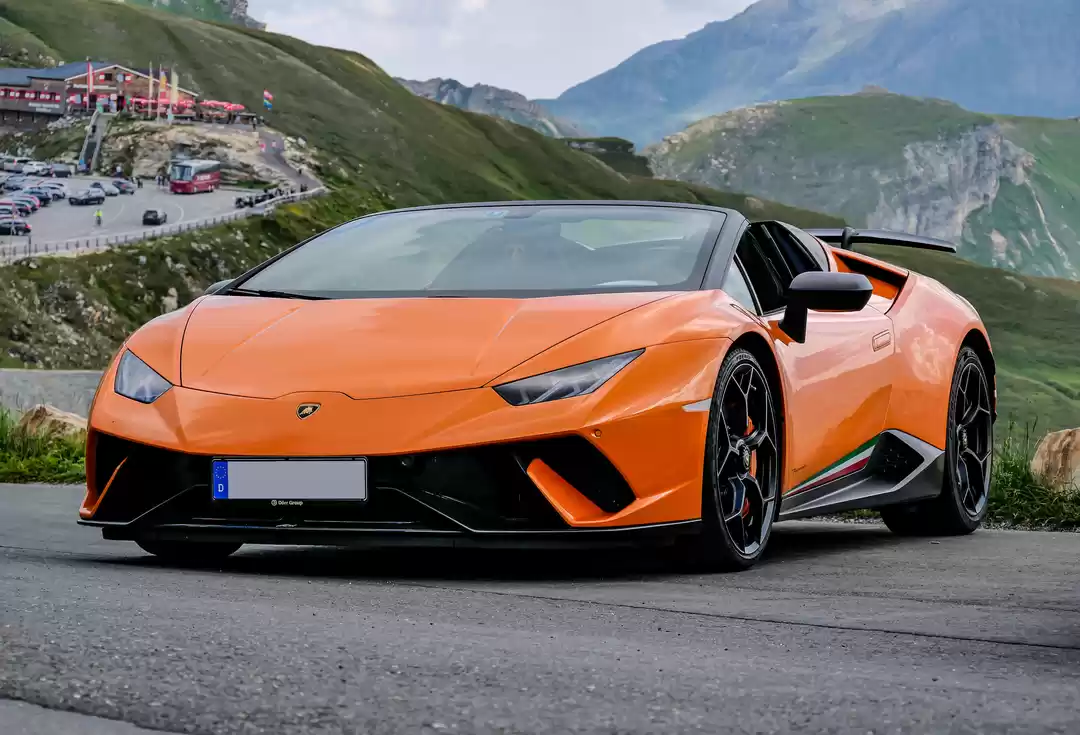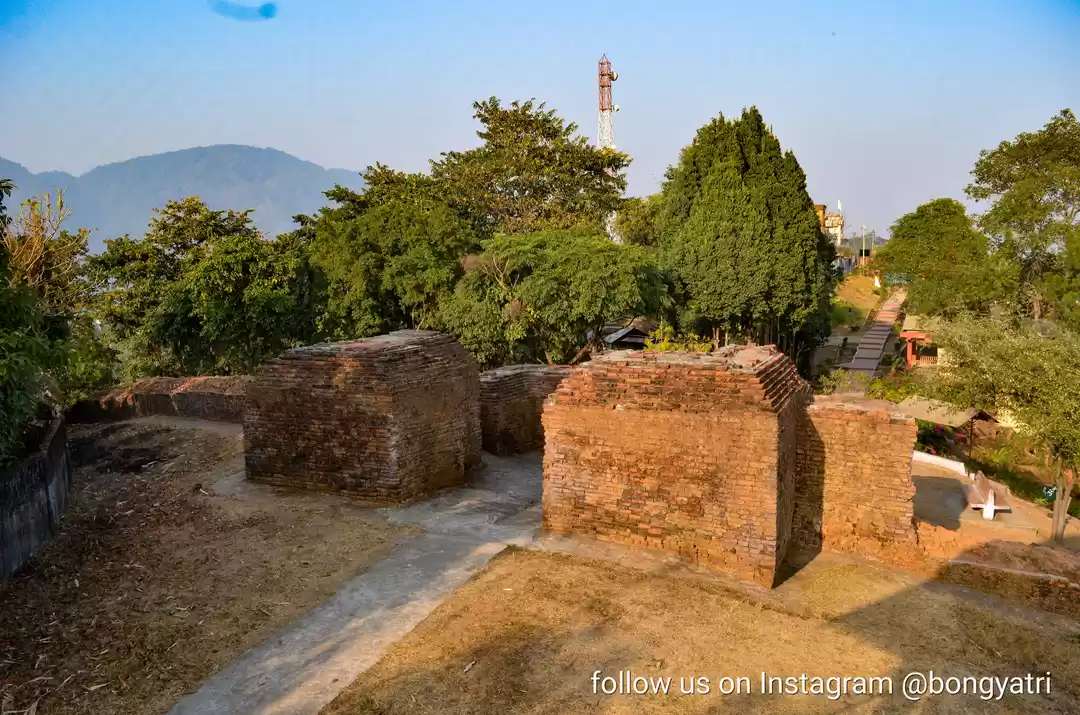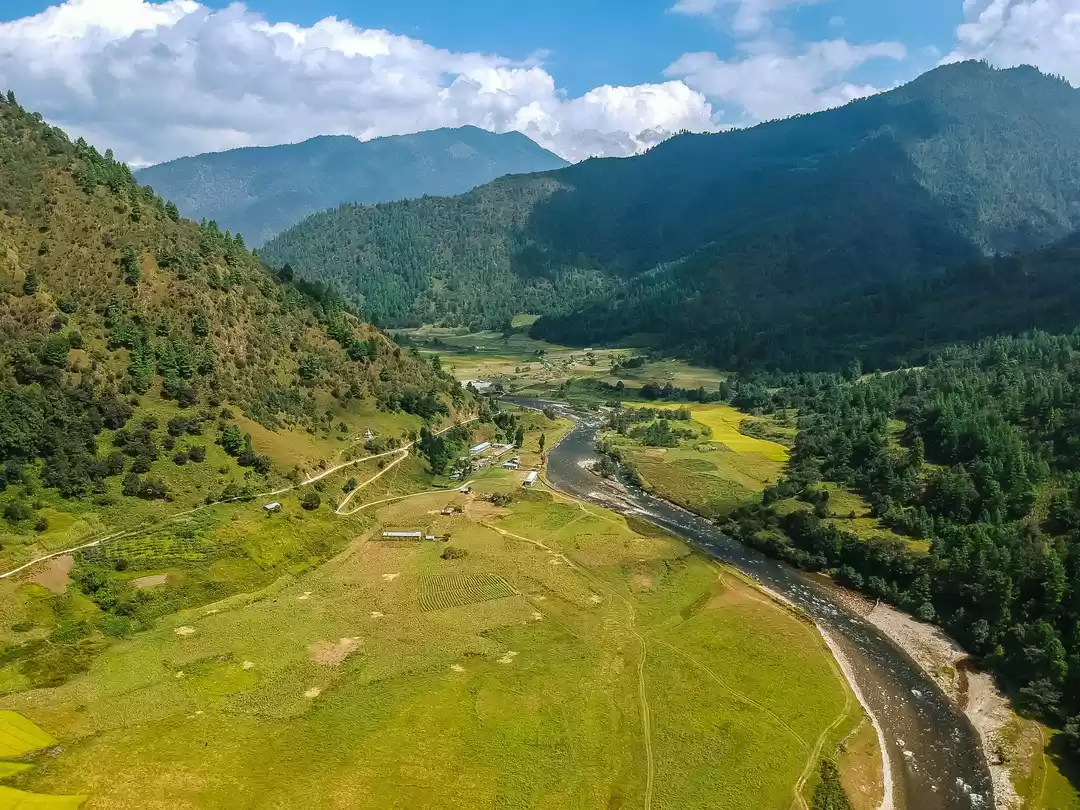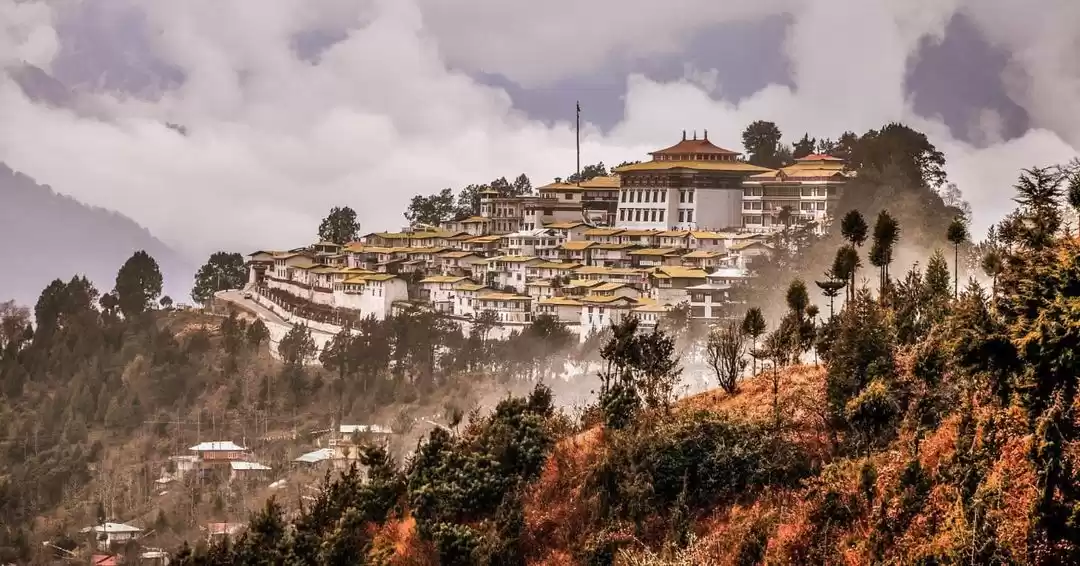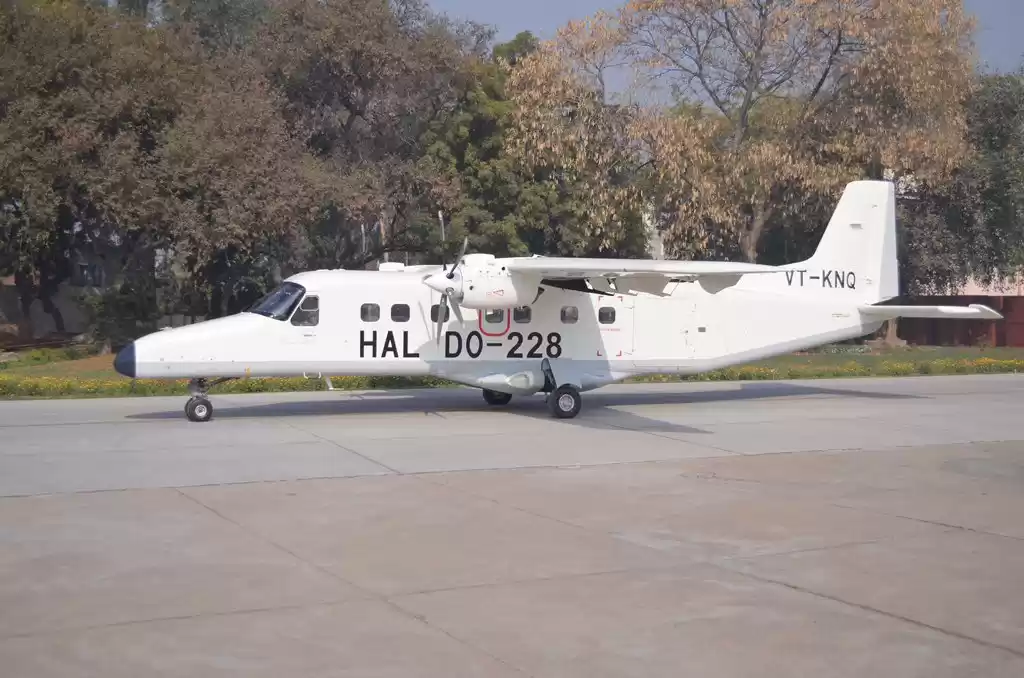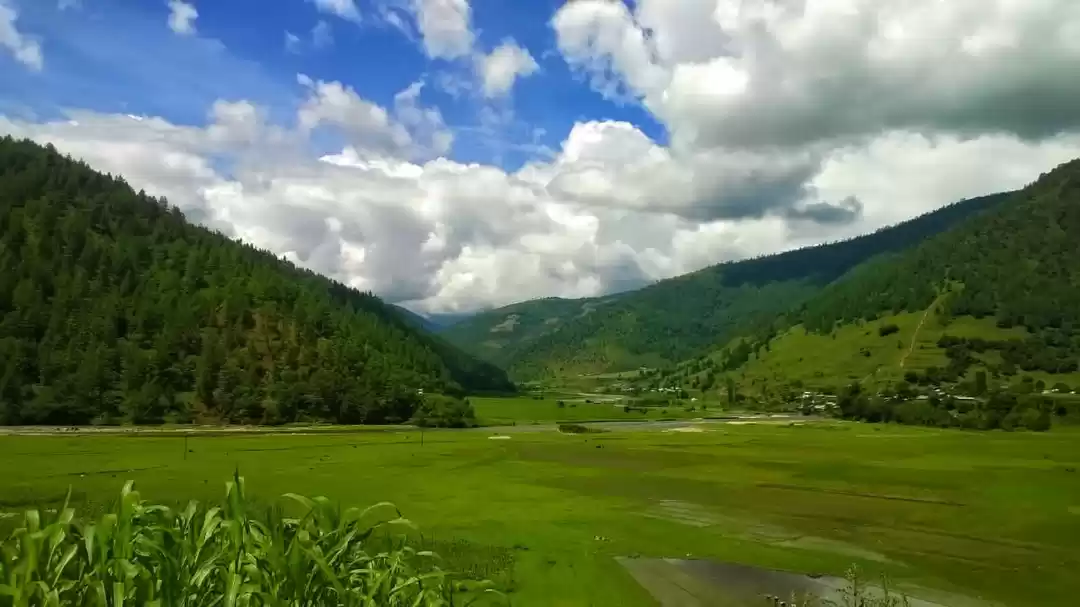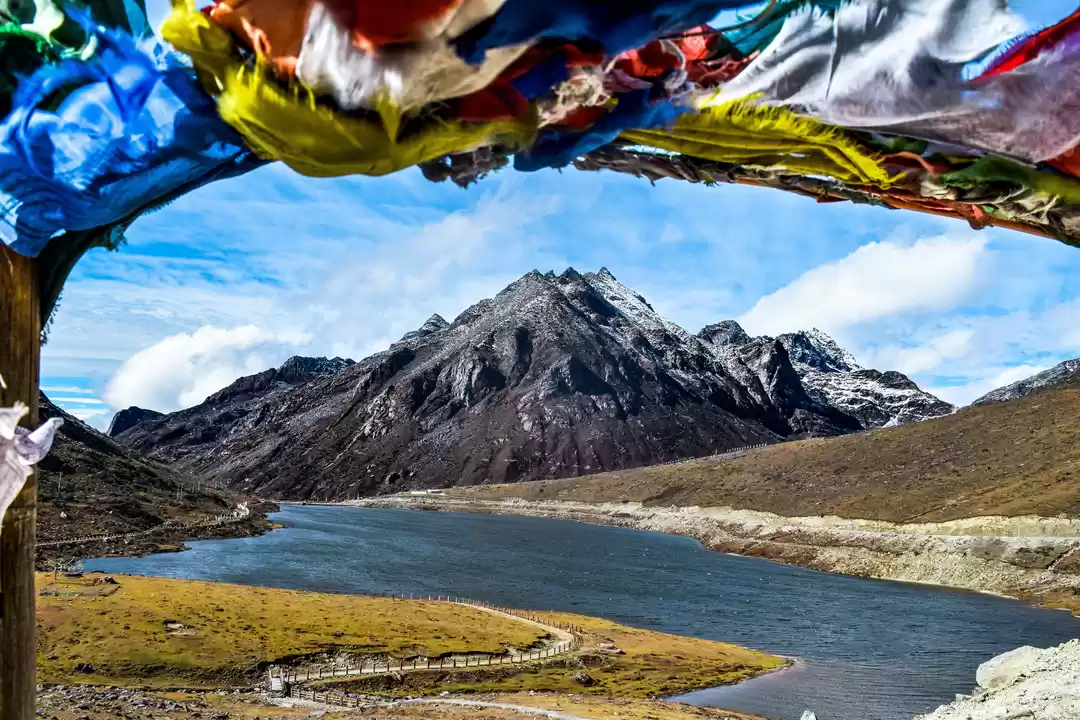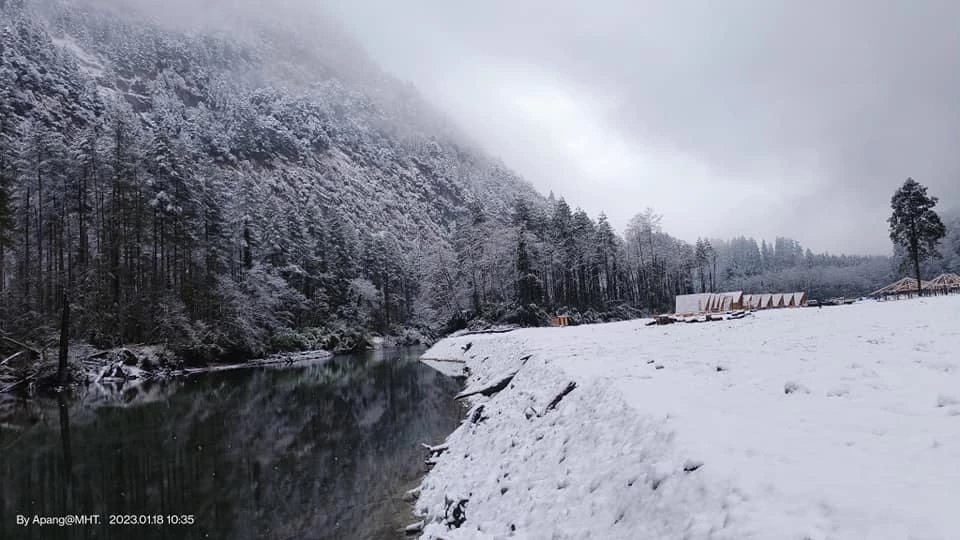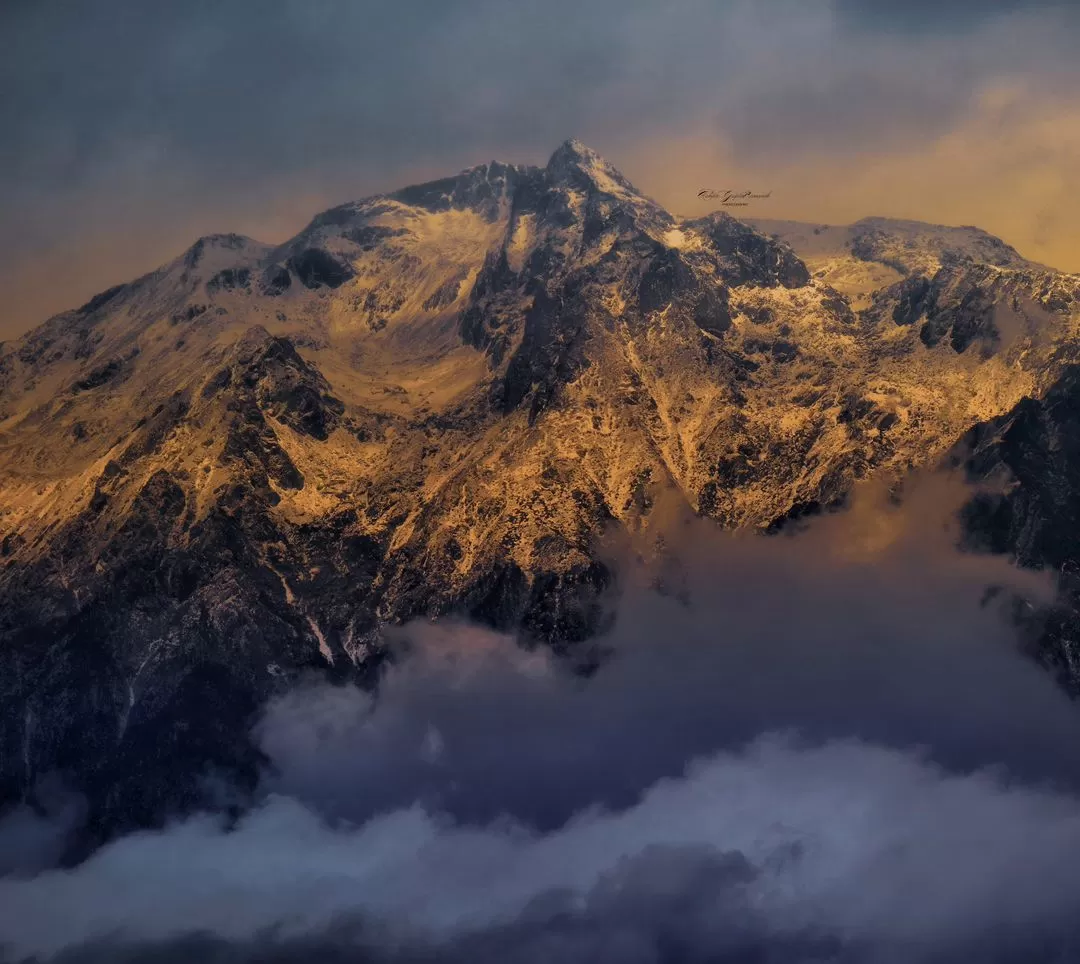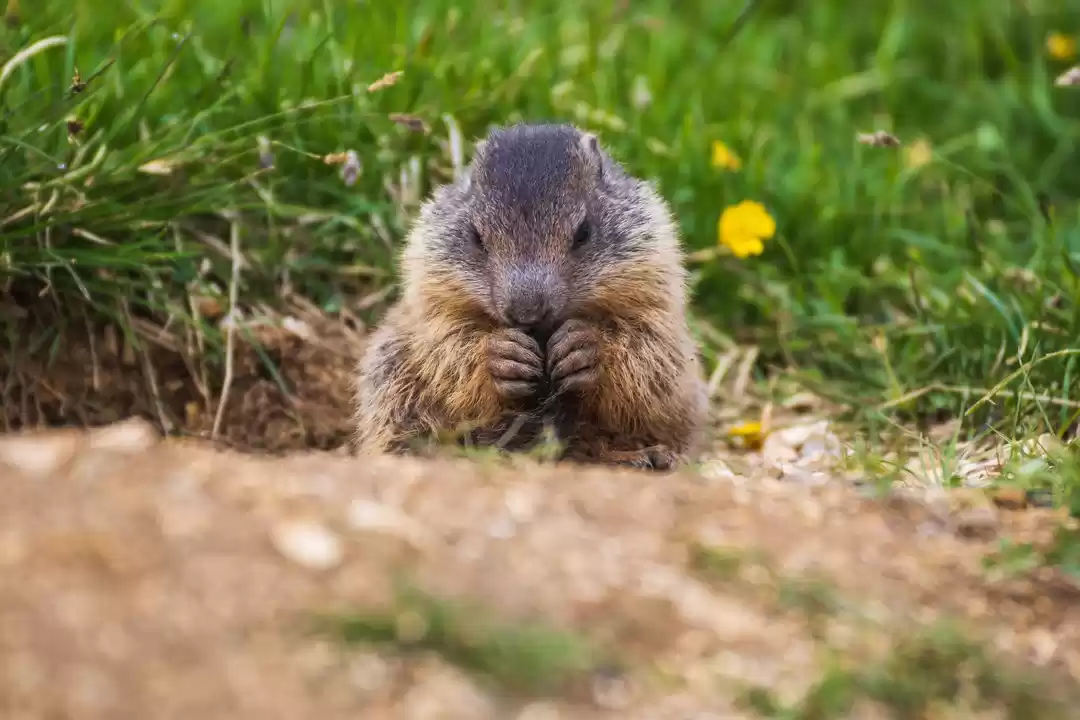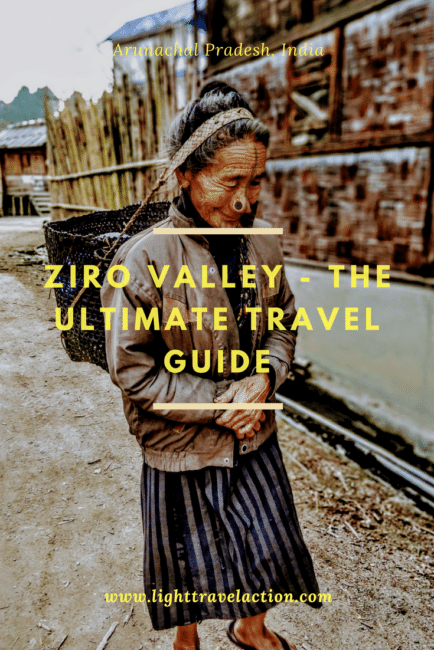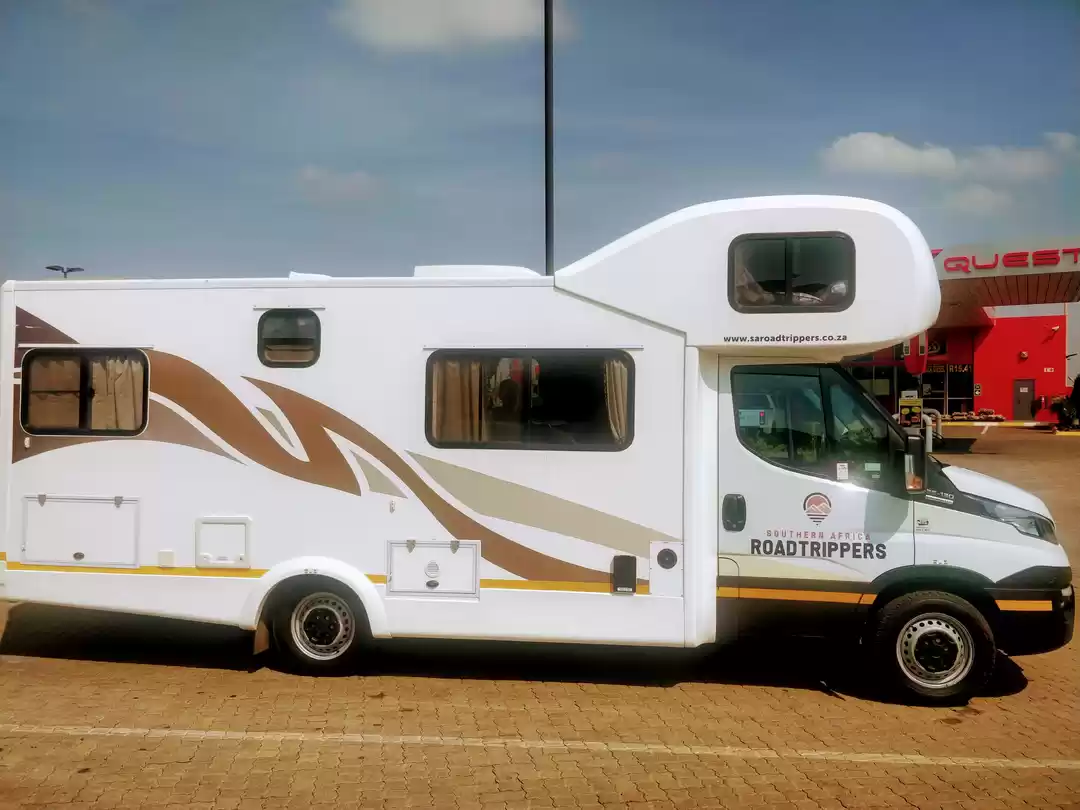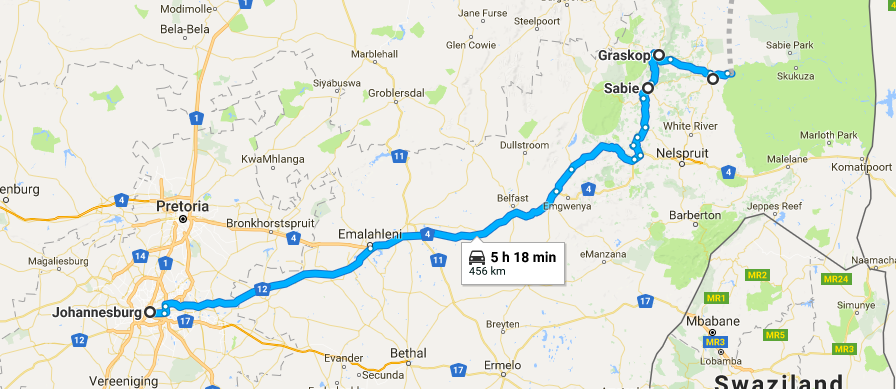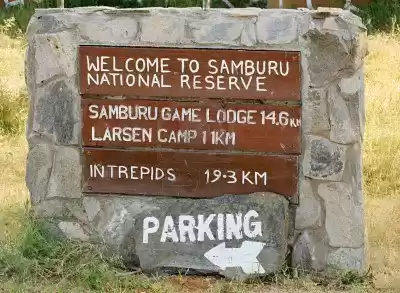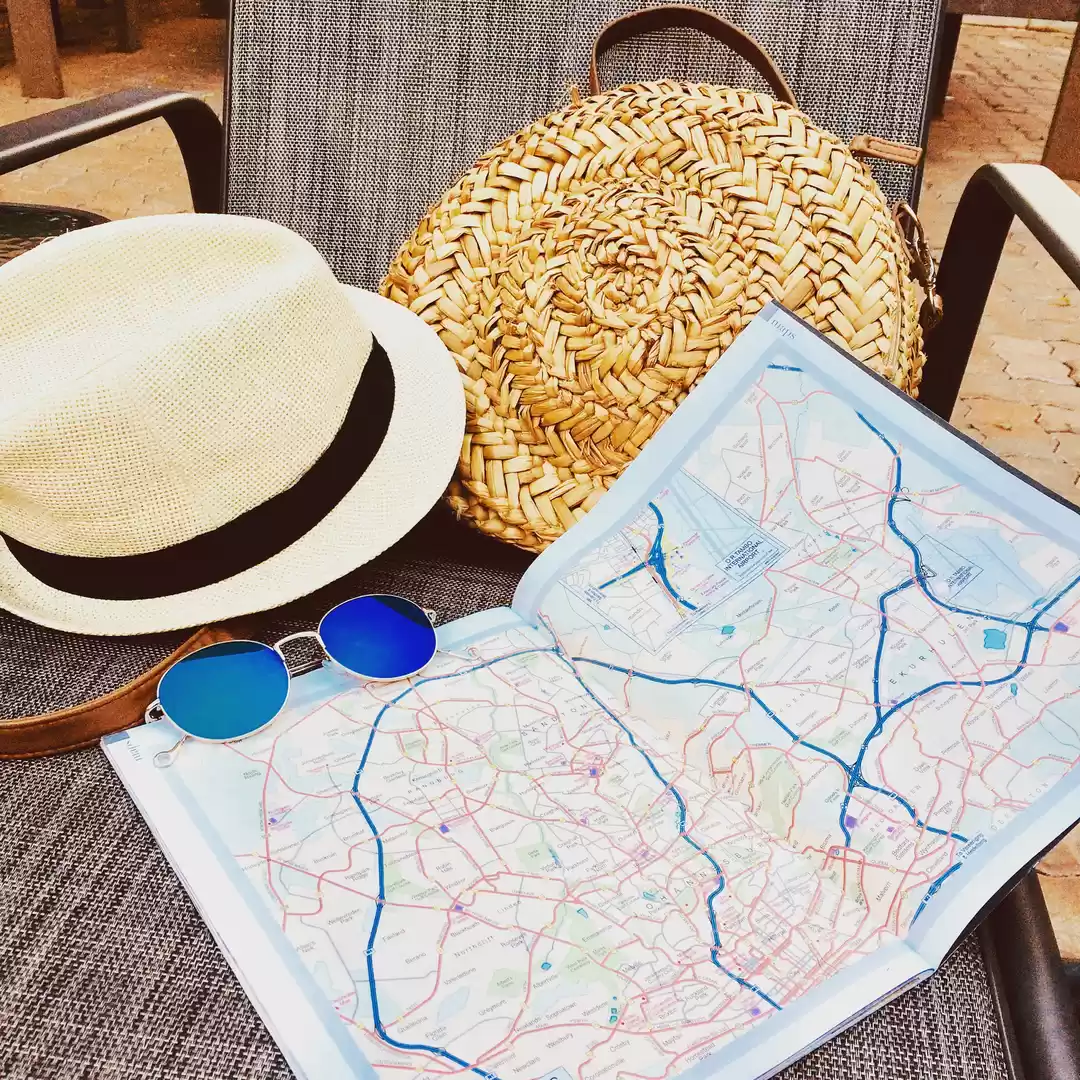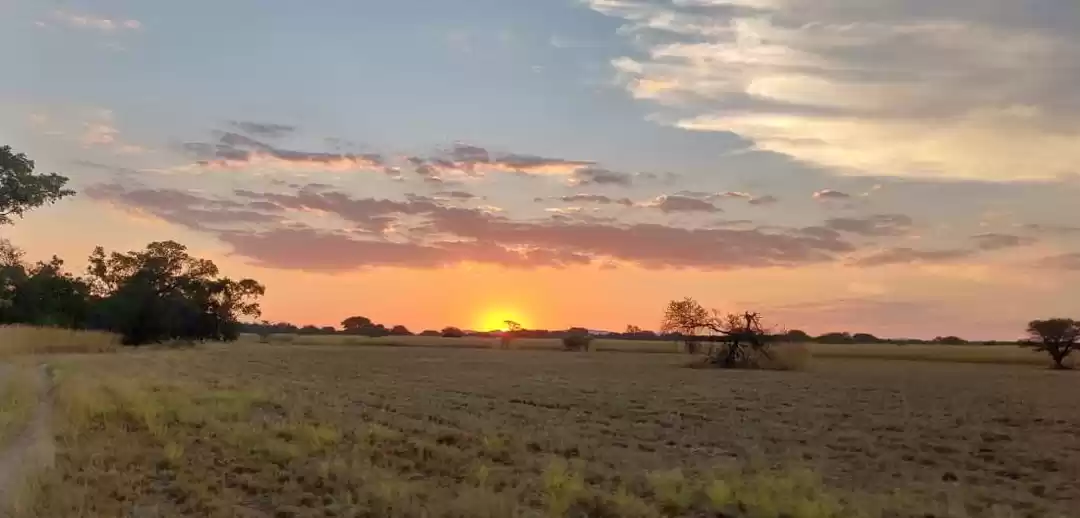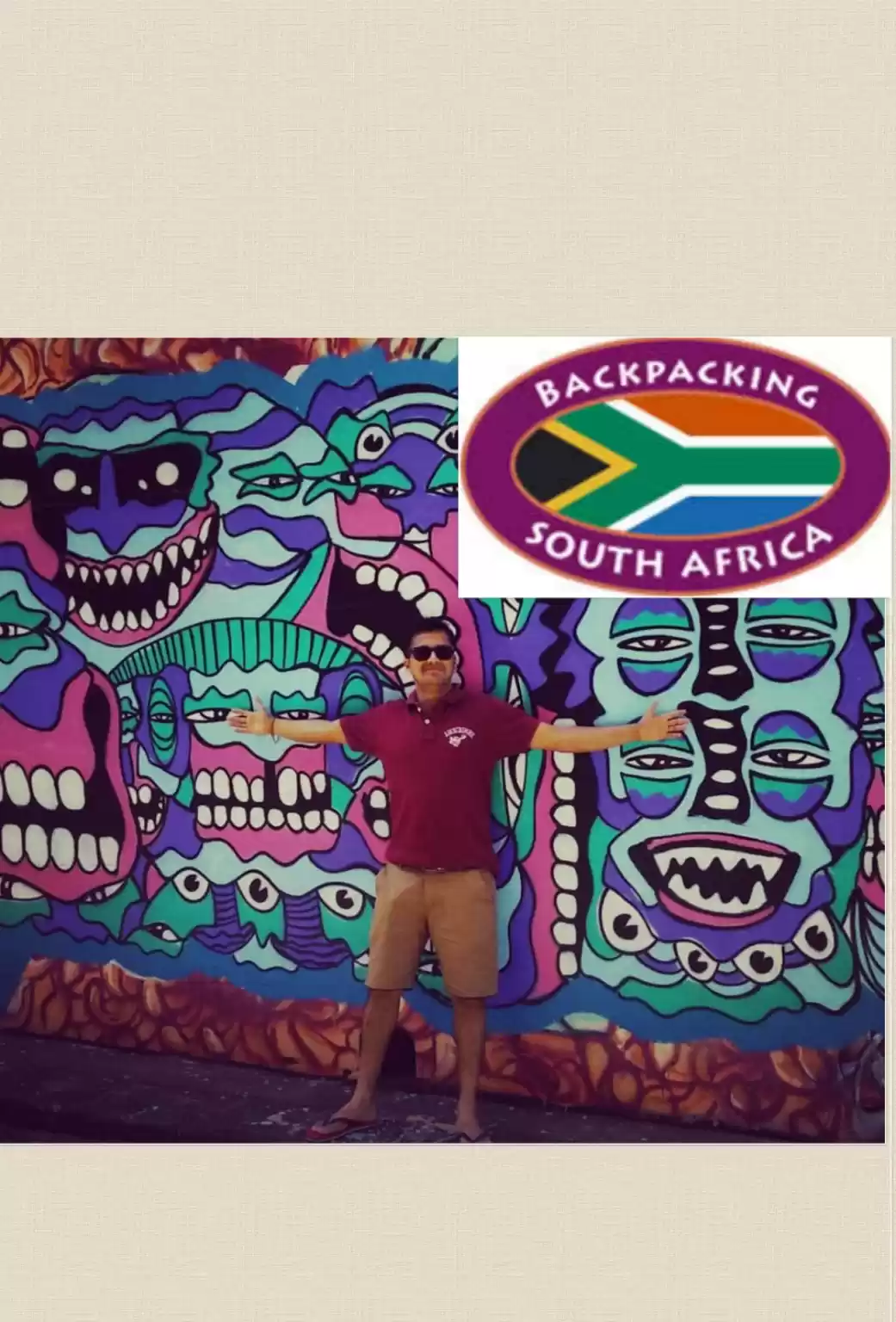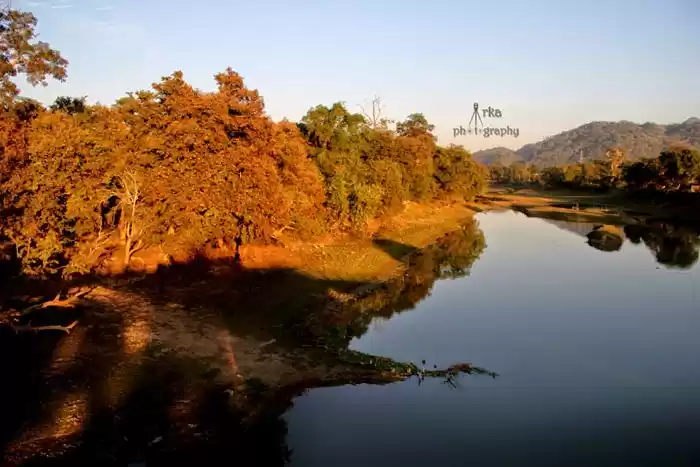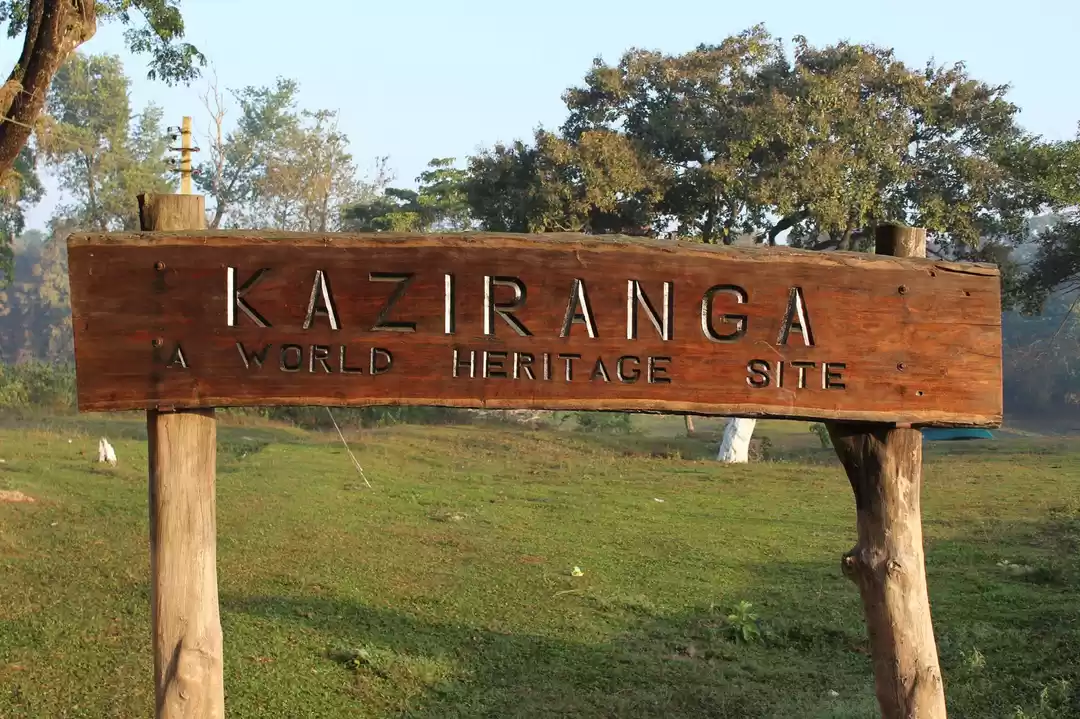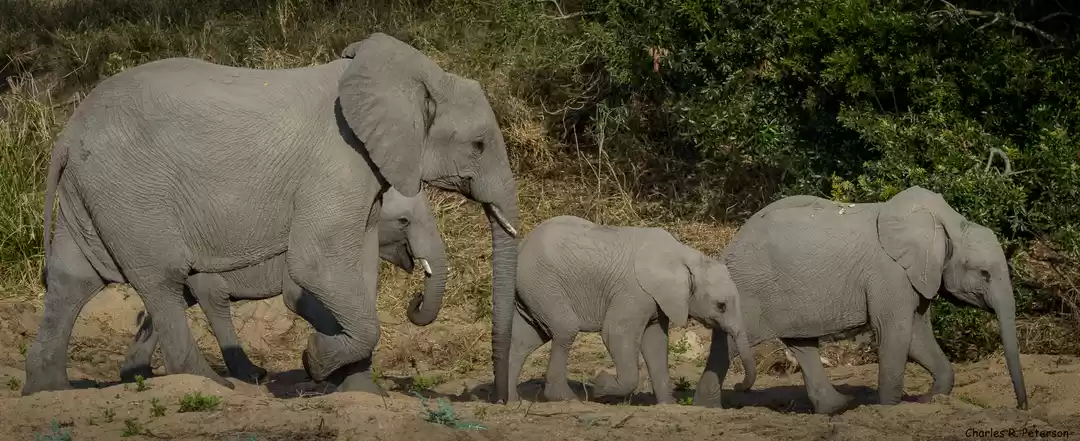
Detailed article along with photos, on http://travelfrreak.blogspot.com/2016/12/sa-road-trip-1-towards-and-in-kruger.html
(I wish I had written this article while on the trip - there is so much of the feelings and sensations that have been lost in the one month gap. Will try to remember it all as well as I can...)
At the end of my stay in South Africa, we spent a week on a road trip criss-crossing the country. The variety of tourist options available across SA were just mind-blowing and it was tough to fit a lot in a week. We touched most of the places with enough time at hand. But it was definitely possible to be even more leisurely in our exploration:). Our itinerary in this one week was as follows:
Day 1 : Drive from Johannesburg to Kruger, through the Panoramic Route, stay at Hamilton Parks Country Lodge in Hazy River outside Kruger Park Day 2-3: Safaris in Kruger Park over next two days, stay at Skukuza Camp inside Kruger Park for 2 nights Day 4: Drive from Kruger to Johannesburg, fly from Joburg to Port Elizabeth in Eastern Cape, stay at Beachwalk Bed and Breakfast for 1 night Day 5: Drive from PE to Tsitsikamma National Park, stay at Storms River Mouth Rest Camp for 2 nights Day 6: Explore Tsitsikamma National Park Day 7: Drive on Garden Route up to Cape Town, stopping at beaches on the way. Stay at Radisson Blu Vendome for 2 nights Day 8: Explore Cape of Good Hope area near Cape Town Day 9: Say good bye to South Africa:) and fly back And I must say, South Africa for me ranks very high on my list of favourite countries to travel (others being Jordan, Mexico and Canada).The first half of our travel was in the North Eastern part of South Africa, from Joburg to Kruger and then back; and the second half was in the Eastern part, from Port Elizabeth to Cape Town. We drove a lot, about 1400 kms over the week!
Day 1 : Johannesburg to Kruger, through Panoramic Route
Kruger is the largest game reserve in South Africa with an area of 20,000 km2, neighbouring the countries of Mozambique and Zimbabwe. The Park is so huge, that you need to decide beforehand where you want to go as that affects your trip a lot. You can stay outside the Park, and go in daily for game drives or you can stay within the Park. Though I would say, its a lot more convenient to stay within the Park as that gives you convenience of driving less, longer access to the facilities and flexibility to explore more of the Park.
There are some 10-15 camps located within Kruger where tourists can stay, some are huge, while some very small. And these camps have options of camping, staying in a trailer or multiple cottage and tented accommodation options. I would think the smaller camps are cosier to stay in but they are booked out months in advance. So when I started looking, the only camps which had availability were either in the north (which were too far a drive from Joburg) or in the largest camp, Skukuza in the South. And even in Skukuza, I was able to find accommodation only for 2 nights. So the first night we had to stay outside Kruger near the city of Hazy River.
As we were staying outside the first day, we decided not to do any safaris, and just drive leisurely from Joburg, exploring the Panoramic drive on the way along the Blyde Canyon route. It was about 4 hours to our accommodation for the night and we drove across Mpumalanga and Limpopo provinces on the way. And it felt, that finally we were driving through the country's hinterlands.
This drive to Kruger was a lot prettier than the Drakensberg drive, very scenic, with greenery and mountains all around, farms with lots of cows and sheep, even a cactus farm (!) and multiple lakes dotting the landscape. There were very few people to be seen living on either side. We did cross some industries on the way which were then followed by townships located right next to it.
I did see one sad thing on the drive though which disturbed me. We stopped at one of the services on the way called Alzu for a quick break. Apparently they do game drives at the service station right next to the highway, and from the cafe, we could see all the animals drinking water at the water point - ostrich, buffaloes, rhinos, zebras and gazelles. So, much before we entered the Park, we got to see so many animals at the same place (which btw we never got to see in Kruger). It was definitely a bit of a bummer.
They were all so peacefully sipping water, it felt unnatural too. And then on closer look I realised that the rhinos' horns had all been cut!! It was very shocking to see how something like this could happen!! I am not sure if keeping so many animals in such a closed environment is legal or not, but I think it is definitely not human.
The rest of drive was mostly through highways, but then we drove through the Schoemanskloof valley which was like a paradise on earth. Even though it was just supposed to be the "route" to Kruger, it was magnificent. You drive up and down a lush green valley, and then through orchards of orange trees grown at a large scale, extending till wherever your eyes can see. And then you drive through valleys where there are jacaranda trees growing in the wild - the purple popping out of the green and yellow around, it really spices up the view. As I said, once we started on our roadtrip, we soon realised there was much more on the way to experience than our tight itinerary gave us time to explore.
And then we took a detour to drive on the Panoramic route. This drive is through a couple of smaller towns and villages, driving next to the Blyde river and passing next to a couple of waterfalls. The highlight of this route was the drive through hills and picturesque valleys, with green trees everywhere. Till you realise that all these forests are secondary - they have been planted by humans over hundreds of years. You realise this when you see some areas which had been cleared of the forests and new trees had been planted recently. But even if unnatural, this drive was magnificent in its freshness, colours and breathtaking view:). By the end of it, we almost had had an overdose of beautiful vistas (if that was ever possible ;-) ).
We first stopped at the Sabie falls near the town of Sabie which were honestly avoidable. These are very small falls on the river, with a garden next to it. And they charge 10 ZAR for the stop:).Thereafter, there were many other falls on the route - Lisbon, Berlin, MacMac, Bridal Veil etc. We stopped at the Berlin falls which may be impressive during wet season, but for now was only so-so. But it was fun to walk down to the river, put your feet in the cold water and rest; given how hot it had become during the day. The rocks where the river was flowing down had been eroded into weird formations just on top of the falls. There was also a handicrafts market right next to the falls (and next to all the other waterfalls and spots on the way). We stopped and rested there for some time before moving on.
And last on the Panoramic Route, we stopped at God's Window, which is a view point giving a panoramic view of the Blyde Valley till afar. The view was magnificent, but there was not much to do there other than buy handicrafts again:). The entry fee is 20 ZAR per person here too.
I felt on the Panoramic Route that SA is quite commercial now, and nothing is as cheap as the rest of Africa. Also in hindsight, a lot of these stops were missable, the drive was a lot more stunning than the tourist spots charging money. Other than these spots, there is the Blyde River Canyon and Bourke's Luck Potfholes much further on the way - both of which look interesting. However, we did not have enough time to go there and had to call it a day.
It was getting dark by then, and we drove back in quite a hurry. But still it was enough time to admire all the views around - valleys and rivers and sunsets, all the typical SA fare ;-). We drove through the towns of Grashop and Hazy view to reach our accommodation at Hamilton Parks Country Lodge.
The Lodge was in the middle of nowhere - you drive out from Hazy View for about 10 kms through banana farms, and then take a 2 kms detour into the wild! Honestly, there was no light and something that could barely be called a road in this last 2 kms. And then we came upon a sign asking us to beware of hippos! It was definitely not an easy 10 mins but we eventually reached the hotel, which felt just perfect after such a long day. It was a 60 year old Lodge, built in the way of old English hunting lodges, right in the middle of a jungle. With nowhere to go and no wi-fi either! It was like we were staying right in the lap of nature, away from everything around. We relaxed a bit, explored the place, had a nice vegetarian dinner made by our hosts and soon crashed. It had after all been a long day of driving in the sun.
Day 2: Entered Kruger and then three safaris
The next morning, we spent some time around the Lodge itself, walking around in the jungle and taking in the feeling of being close to nature. After a late morning, we drove towards the Phabeni gate, the closest gate to Kruger from Hazy View. And then onwards, the Kruger experience began. It was like we had been transported into a different world all together. Lazy and slow, moving in accordance with how animals roll:).
After that, the next two days were a blur - all I remember was always straining our eyes and trying to spot animals in the bush:). We did a total of about 7 safaris over the next 2 days, and spotted a lot of animals in varied moods. And each safari felt different and similar in many ways. There was at that time a drought going on in Kruger, and hence it was all yellow all around. I think we spotted less animals because of that than we otherwise would have. But the upside was that all the safaris we did right next to the river were the best - all the animals were to be found there, looking for water!
Self Drive along Sabie river - We entered Kruger through the Phabeni gates as our host at Hamilton Lodge had suggested to take this entrance and drive along the Sabie river to reach the Skukuza camp. We bought a map at the gate (45 ZAR) which was frankly not as much of a help as we would have thought), and as soon as we entered, we saw a couple of impalas staring at us and then a giraffe eating next to the main road.
And then we took one of the the dirt roads, all the way next to the river Sabie. The river was a bit far from the dirt road (plus I think our eyes were not that well trained till then), so we did not spot ANY animals at all there and were coming back towards the main road, disappointed. We were still getting used to the squinting needed to spot animals;-). And then, while coming back, we spotted a herd of elephants crossing the road right in front, so it made the morning feel a lot better:).
By that time, it had got very hot and we had got tired too after all the driving, so we drove into our Skukuza camp. It was the biggest camp in the Park and hence had all the amenities needed - an ATM, a petrol station, a food shop and a restaurant next to the river. You can enter the camp only between specific times during the day, and the gates shut down for the rest. It almost feels like a prison created for your own safety:).
We checked in early into our bungalow and slept the whole afternoon. I will describe the accommodation later but it was very clean, convenient and perfect for spending time near nature.
Evening self-drive safari along Sabie river - I would rate this as one of the best safaris we did. We left around 4pm while still hot and had to be back in camp by 6pm as the gate closes by that time. We simply drove along the Sabie River and then back. There were loads of safari jeeps at this time, so it was easier to spot animals where there were loads of people already gathered:).
We saw herds of elephants crossing the road, a hyena sleeping (probably unwell) right next to the road, two hippos eating out of the water (its a rare sight as hippos never get out of water), many giraffes happily eating away in the sun, and loads of gazelles (impalas, many kudu families, springbok, deikers and so on). The drive felt very refreshing too as it was so much greener next to the river, and cooler by the evening.
Official night safari - We had a very quick dinner outside our cottage, and then went on the official night safari from 8-10pm. This was the start of my realisation that the official trips and safaris from the Parks are quite low in quality. We drove around the Park for about 2 hours in the dark, and all the guide showed us were loads of scrub hares, a scorpion and a snake in the ground (really!). Rest of all the spottings were made by the passengers on the bus who were more keen to see animals with the spot lights they were given, than the guide who was only interested in driving us around. The passengers spotted a rhino near a watering point, a genet, two african civets, a white tail mongoose and two deikers, all using night spotlights. But overall, the night safari was a total waste of time and totally avoidable. I think the quality of the safari guides (or maybe their motivation) really needs to improve.
Of course what was lovely was being out in the wild under the stars. That was just beautiful and serene, the noises of the jungle, with barely a soul or light in sight. Totally heavenly!
Day 3: Morning walk and two safaris in Kruger
Morning walking safari - The second morning, I went for the official morning walking safari for about 2-3 hours. We started early, at about 5am and I must say, this was better than the two official game drives I did. We had two guides with us who carried guns with them, and a group of about 5-6 of us walking behind them. We spotted an owl, a solitary elephant, couple of kudus, a deiker and a rhino while driving to our walking spot - all having their morning meal. Then we got down and the guides walked us through the "bush" (as people love to call Kruger). They told us a bit about the life in the bush, answered questions we had about the animals but overall just showed us droppings of different animals - hippos, giraffes, impalas, elephant, zebra and so on (they were all differently shaped and easily identifiable!!) that we found on the path. In fact, they told us in the beginning itself that we should not expect to see any animals on this trail. The aim of the morning walk was more to tell us about life in the bush.
The told us about how there was a severe drought going on in the Park with no rain for almost a year. Because of which lot of things were changing - the animals had moved away and were becoming a lot more aggressive and irritable. Zebras, wildebeests and buffalos had split their huge herds into smaller groups and moved to different parts of the Park where there was more grass (we did not see a single wildebeest in our 7 safaris!). And the number of gazelles pregnant has also gone down - there would be a lot less babies coming the next season. We also saw a scrub hare running around, which wasn't usual. But because there was no water, they had to search more for water and be above ground longer than usual.
We saw a wallow area in the mud where rhinos had been recently. There were ticks in the mud still, as that's the reason rhinos wallow (and tick birds warn animals of impending danger!). Black rhinos are more aggressive than white rhinos, their lips and footmarks are different, and they are less relaxed than the white. Also the calf of one walks in front of the cow, and the other behind. (The differences between white and black rhinos are really weird!). These were most of the stories that the guides were planning to tell us all morning:).
But as luck would have it, within 5 mins, we ran into two rhinos who were happily eating away in the grass. We observed them for a bit, from a distance of say 10 metres which felt too close for comfort. While we sneakily walked away, we ran into two more rhinos and then observed them. While walking away, we ran into another black rhino but I think we had had enough by then and walked away anyways without observing him ;-). We heard many more stories about the rhinos while stalking them - apparently their eyesight is very poor, so when they hear danger, they get confused and start running randomly in any direction, and a lot of times towards danger! And that is how a lot of rhino charges happen, without intention.
Other than these lucky sightings, I would say even the morning safari could be given a miss. Except for the fact that you get to walk in the jungle which is not otherwise allowed - this is definitely different than driving past animals eating on both sides of the road. And the continuous chirping of the birds you hear when you are walking in the jungle is definitely refreshing. But I would still rate this as a miss.
Morning self-drive safari inside the Park and then along Sabie river: Once back from the walking safari, we went off on our own self-drive safari for about 3-4 hours. Trying to be different, we decided to drive in the interiors of the forest and realised that was not a smart move. We drove for 50-60 or more kms I think, and barely saw anything. We saw a couple of pretty birds - Yellow Crested Barnet, Guinea fowl, African hoopoe, Southern yellow-billed hornbill, Southern ground hornbill, and a solitary elephant who came pretty close to us for comfort.
But soon after, we reached a water hole where there was a rhino in the water, loads of warthogs around, a couple of kudus standing there and loads of impalas waiting for the rest to get out of the waterhole. It was an easy spot, but there was a kind of idleness in this scene which is difficult to explain. Hot day with almost dead plants all around. 4 groups of animals lazily just standing and observing each other, barely moving. It was right out of a Gabriel Garcia Marquez book. And is something only Africa or South America can offer.
We had given up by now and decided to come back to the river. It took a long time, but we returned back to the route next to the river and we ran into so many animals again! We saw warthogs eating next to the river. A couple of giraffes. Two buffalos eating away on the riverbed. Two sets of nyalas. Baboons on the river bridge. A solitary buffalo lost on the road and too close for comfort. Langurs walking on the river bed. A herd of elephants crossing the road back from the river. Steenbocks running away. Two herds of elephants the other side of the river. A vulture sitting on top of a tree. Waterbucks grazing away to glory. One elephant herd sitting under a tree and fanning itself vigorously, and so on. It made up for the hours of aimless driving we had done in the interior of the Park and also drove home the point of the drought to us - all animals preferred to be in the vicinity of the river at this time.
We even stopped at one spot where there were some 15 cars jam packed. But nothing to be seen. We left after 15 minutes as it had got hot by then and we were waiting to be back at the camp.
Evening official safari - Again, after napping in the afternoon, we left for the evening safari and this was the biggest waste of all. The guide drove us to the interiors of the Park, and barely showed us some scrub hares, giraffes, a kudu and a hippo in the beginning. Again the passengers were the ones spotting the animals while the guide just kept driving on. It really felt that he did not care about the safari at all. He took us to a lake where on the opposite side were 3 rhinos going away after drinking water. And the passengers also spotted a genet, two grey deikers and hornbills walking away.
Once back at our accommodation, we had by now figured out that you need coal to make a barbecue:D. We bought some charcoal and were then trying to make a fire to cook our maggi. Of course it did not work and we realised you also need a lighter!! So our friendly neighbour helped us with one and we made coal cooked maggi and boiled potatoes on it. It felt a lot more fun than the usual cooking too. Isn't it weird it feels nice sometimes to live life how it was lived years ago?
Day 4: Last safari at Kruger and off to Joburg Our hut was located right at the edge of the camp and there was a fence where animals would stray every morning. The last morning, there were a couple of kudus and baboons eating right next to the fence. And it was followed by a guy trying to shush them away:). This is called having wildlife at your doorsteps, isn't it?
Morning self-drive safari back to Phabeni gate: This was our last morning in the Park and we had to drive far till Joburg airport. However, we had till now not seen the cats - lion, cheetah or leopards and so thought of taking a longer route till the Phabeni gate to see if we can spot anything. So we did a self-drive 2 hour safari till the gate. And I would say it was one of the best we had. It is also a reminder that what and when you spot something on a safari is a random event, you can never be sure of what you run into.
It started with us seeing a hyena running on the road towards us. Then we saw a group of tortoises walking next to the road. (Honestly, I was very surprised to see tortoises in Kruger, had never expected them, especially given how far it is from the sea, and the ongoing drought). Then we saw a herd of about 5-7 buffalos, patiently standing in a line and waiting for people to cross, so that they could cross the road after them. A couple of kudus giving us good poses. And a couple of hippos swimming in the water. Then two families of giraffes, walking in a line. Then we also saw two zebras (finally!), eating and crossing the road leisurely.
And then of course, the best was for the last - spotting the lion. He was an old solitary male lion, sunning himself on a hot morning. He was sitting under a tree, first looking away from us, then turning around to give some good shots, and then leisurely walking up towards another spot across the road, finding another tree and going to sleep!!
We were so excited to have finally spotted a cat, it made the morning safari all worthwhile. We even told all the others we met on the road, to go ahead fast to spot the lion! With all these new animals we spotted, we had got delayed and then had to zoom past our way to the airport.
The drive again was pretty, green and picturesque, especially the jacarandas and the Shoenskloof area. There were the same banana plantations and tree plantations along the way. There were loads of farms all the way, full of crops ready to be cut. It was quite sunny and humid all the way, again highlighting the current drought in the region.We also drove through a couple of nice towns on the way - Hazy View, White River and Nelspruit. And passed a town called Emalahleni which was very very picturesque.
Even though we were late, given the good quality of the roads, the estimates from google maps were pretty accurate and we got into the airport on time. Once at Joburg, it was time to say goodbye to both Kruger and Joburg (at least for sometime). I know I will be back at Kruger soon, there is something about being close to nature which I love. And it keeps calling me back!
Accommodation Hamilton Parks Country Lodge: The Lodge is located outside Kruger, near the town of Hazy River. It is about 10 kms drive from the nearest town, with a 2 kms deserted jungle drive! It is near the Hazy River valley, with hectares of wild land around. There are two hippos that stay in the river and are sometimes found wandering near the Lodge:).
It had a very rustic feel to it - huge bungalow kind of rooms, with thatched and high roofs. The whole Lodge is from the British times and was used as a hunting Lodge then. The common area has a couple of outside seating options, a pool and is decorated with old photos from the last 60 years. I felt there was a definite Apartheid bias in the photos but I guess that's what the last 60 years were about?
It felt very fresh and relaxing to stay there, and we were totally energised when we woke up in the morning to the chirping of birds. And to top that, there was no internet distraction at all for the day;-). Also, the family running the Lodge were great hosts, giving us personalised service during breakfast as well as lunch; as well as giving tips on what to do in Kruger. A definite recommend!
Skukuza Camp: The Skukuza Camp is located towards the South West part of the Park and is the capital of Kruger. It is the biggest camp around and has all facilities available - ATM, petrol pump, a restaurant next to the river, a shop for all needs, doctors and so on. The huts were very very comfortable, clean and convenient, with an outside kitchen, a refrigerator and a barbecue place. It still felt rustic and had no internet which was a boon rather than a negative.
The service at the camp was average. Given it was government run, it did not feel that anyone was genuinely interested. They allowed us to check in early and gave an extra mattress for the room - that was helpful. Also, you can easily book for safaris at the reception, so you do not need to book it in advance.
Observations and Tips
Book for accommodation inside the Park much in advance on the Sanparks site (FYI - the site is terrible and not user friendly at all!) There are many other camps in the Park. So you can chose to stay at different ones to see different types of vegetation and animals There is no internet inside the camp, I think that's a good thing:) There were no mosquitos in the Park at all. Quite surprising but welcome:) Self driven safaris are better than the official ones. And driving near the river has a greater chance of spotting animals People driving around on the road are not as helpful as I would have thought. A couple of times we would stop to ask them if there was anything ahead, and most people weren't too accommodating or helpful If you spot animals, wait there for sometime. Most of them end up crossing the road soon, giving the best poses to be photographed! Most importantly, be patient. We are so used to expecting animals to just walk in front of us, but that is not how it works in the bush. The animals choose to show themselves when they want to. And they are not bound to ;-). This is not a zoo, but their home, so be patient all the time The Kruger maps we bought at the gate were not really useful. You can skip them if you want There is a daily conservation charge for every day you are in the Park, it makes the overall trip more expensive and you should budget for that
SA road trip (2): Garden Route and Cape Town

